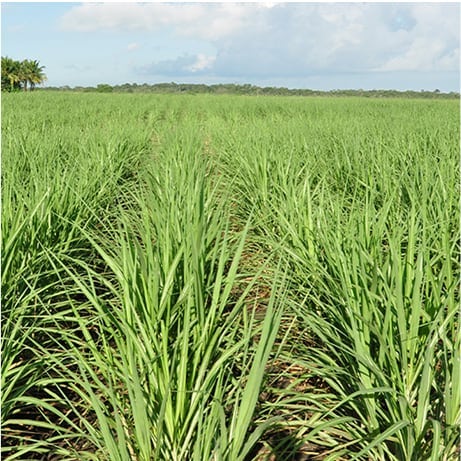Emissions and Energy
Our SBTi-approved targets align with the best available science and UN climate goals. Having such targets challenges us to work toward robust levels of GHG emissions reduction. We’re working towards the following 2030 reductions, against a 2018 baseline:
- Scope 1 and Scope 2 emissions by 50%
- Scope 3 Forest, Land and Agriculture (FLAG) by 36.4%
- Scope 3 non-FLAG emissions by 30.0%Hershey implements a variety of programs and initiatives across its operations and its supply chain to reduce its carbon footprint.
Working Toward Improved Energy Efficiency
Reducing the energy consumption of Hershey manufacturing is a critical driver for reducing our emissions and improving our operational efficiency. We maintain a strong focus on performance through the active oversight of our Energy and Water Steering Committee, which regularly evaluates progress on energy performance and guides initiatives to enhance energy efficiency.
Renewable and Zero-Emissions Electricity
We continue to advance towards our goal to source 100% of electricity from renewable and zero-emission sources by 2030. We procured 83% of our electricity from renewable and zero emission electricity sources in 2024.
We are proud to have many of our facilities around the world leveraging renewable and zero-emissions electricity. This includes almost all domestic North American manufacturing and multiple international manufacturing facilities and offices.
Scaling Good Agricultural Practices
Scope 3 emissions continue to represent the vast majority of our greenhouse gas footprint, with a significant portion coming from our agricultural ingredients. Addressing these emissions remains our primary focus. We prioritize actions to reduce emissions through:
- Strong responsible sourcing practices
- Avoiding land use change for forest-based commodities
- Investing in sustainable farming practices
We tailor our strategies to create more detailed roadmaps in our most significant emissions areas. Many of these involve agriculture and land use change.
Reducing Our Non-FLAG Footprint
We are taking accelerated reduction actions which include packaging design and reduction, logistics footprint and optimization, and internal waste reduction. This includes:
- Packaging: We focus on improving packaging efficiency, using less energy and reducing waste.
- Logistics: Improving fuel efficiency in global brand delivery, optimizing our network to reduce truck numbers and travel distances, conversion to intermodal and exploring new supply chain technologies and practices.
- Retail: Improving recyclability of retail display packaging and enhancing distribution efficiency through design solutions.



